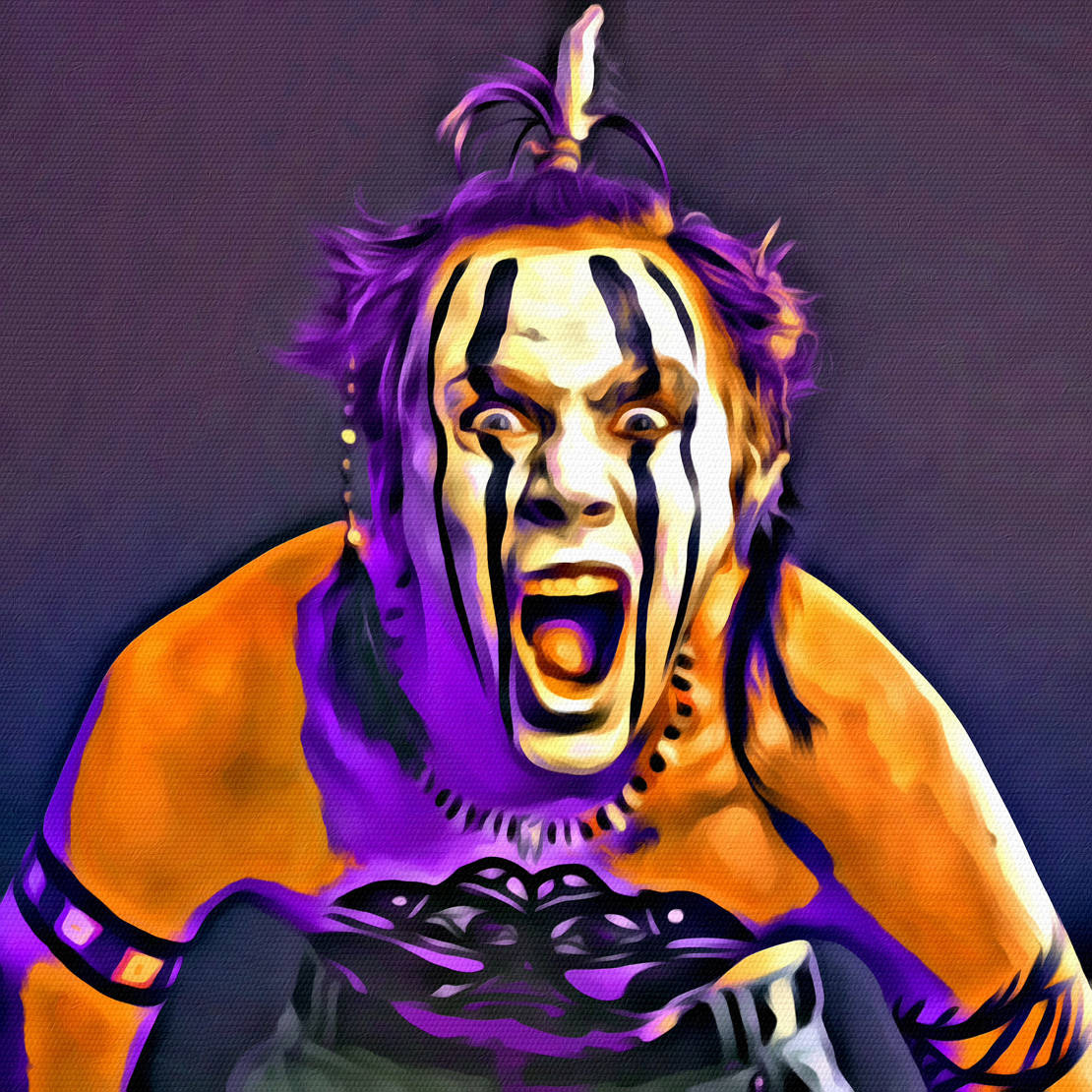
After all, this portrait was commissioned by the Prince of Wales, later King George IV, who had fallen in love with Mary whilst watching her on the stage in his late teens.
Best portrait painter full#
When standing in front of his full length painting of Mrs. Mary Robinson as Perdita, now in the Wallace Collection, one truly senses that this famous Georgian actress has become a part of the leafy bower and typically rainy British landscape that surrounds her. A master of his medium, the artist’s approach in using thin glazes over a warm brown ground give his portraits a dancing shimmering quality. A painter deeply imbued with the spirit of landscape painting, Gainsborough’s portraits speak to a slightly different aesthetic. 1781), Wallace CollectionĪ similar, yet uniquely arcadian approach, was taken by Reynolds’s contemporary Thomas Gainsborough (1727-1788). In fact, it is so well painted that one might well overlook, or plainly forget, this young commander’s involvement in the loss of the Americas.ĭetail of Thomas Gainsborough's Mrs. Learning from the likes of Van Dyck and Venetian painters of the sixteenth century, Reynolds’s Portrait of Sir Banastre Tarleton in the National Gallery achieves a force like no other. Like his forebear William Hogarth, Reynolds was instrumental in cultivating the notion of the British School, and attempting to define its unique features and contributions to art. He concluded in one of his annual lectures in 1774 that “when we have had continually before us the great works of art to impregnate our minds with kindred ideas, we are then, and not till then, fit to produce something of the same species…” Intimate study of the great masters of Italian and Flemish art, therefore, was considered vital. This was particularly the case of the portraits by Sir Joshua Reynolds (1723-1792), the first president of the newly established Royal Academy, whose predilection for the "Grand Manner" epitomized this approach. Although France and Austria did produce their own portrait painters, many of these works of art can be considered as mere "peaches and cream" compared to the full-blooded canvases of their British contemporaries.ĭetail of Sir Joshua Reynolds' Portrait of Sir Banastre Tarleton (1782), National GalleryĪlthough seen as anathema to modernists of the 21st century, their inventiveness was born out of a deep understanding and love of all art that had come before. They could transform their sitters from mere mortals, akin to taxidermy, into heroic or melancholic figures imbued with ferocious energy or inward-looking thought.

This was particularly true during the last half of the 18th century, where British painters were capable of infusing poetry into their paint brush. No matter though because if Britain did possess a strand of truly great and creative genius, it must have been in the realm of portrait painters. These are, it might be fair to say, hardly household names. We in Britain produced the likes of Boyce, Stanley, and Crotch. The Austrians and Germans had Mozart, Beethoven, Haydn, and Schubert. If, like me, you are a lover of British Art and its cultural history, we have to resign ourselves to the fact that Britain produced few composers of any note during the late 18th century. Is the pseudonym of the famous surrealist.Īnd the last one.Ahead of his new two-week Summer course on British Art and Architecture 1700-1900 in London, course leader Adam Busiakiewicz examines three legendary 18th-century portrait painters. His works show us the most beautiful sides of East.
Best portrait painter free#
He paints in a free style showing volume and character of a person as well.
Backlighting is also a signature element of his style. He often leaves the faces of his figures obscured or turned away, not only leaving the face to the imagination of the viewer but also allowing the entire figure to express the emotion.

He is recognized by his unrepeatable style – emotional realism, amazing watercolor portraits, romantic images and the finest details. Lots of artists use watercolor only for ground work and some – only for sketching. Mastering it allows you to create incredible watercolor portrait masterpieces using only a glass of water, a palette and a tube of paint. The watercolor technique is the most vivid and difficult in painting.


 0 kommentar(er)
0 kommentar(er)
